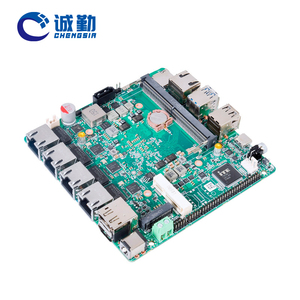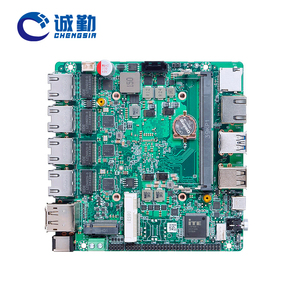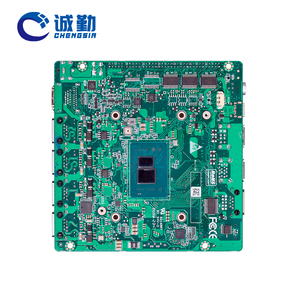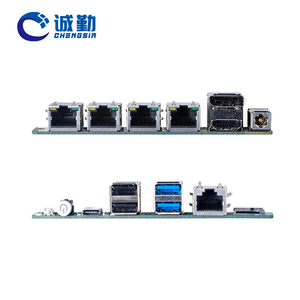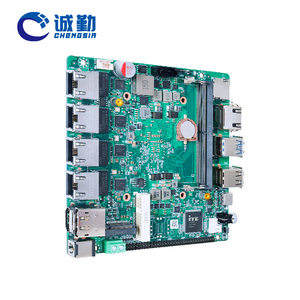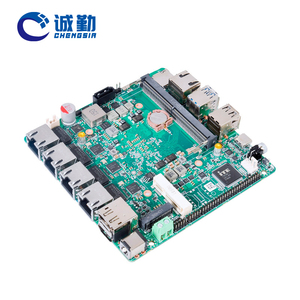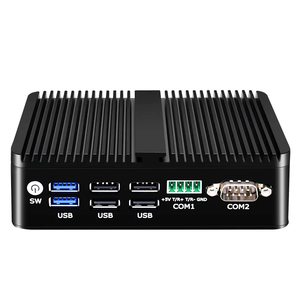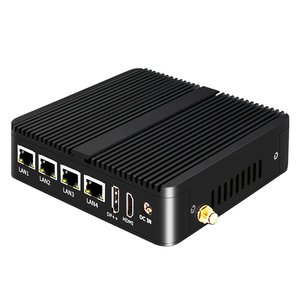Introduction to Firewall Device Configuration
A firewall device configuration is a critical component of network security. It involves setting up and managing the rules and policies that govern the behavior of a firewall, a system designed to prevent unauthorized access to or from a private network. Firewalls protect sensitive data and ensure secure communication over the internet. As cyber threats continue to grow in complexity and frequency, understanding firewall device configuration becomes essential for businesses looking to safeguard their digital assets.
Types of Firewall Device Configuration
There are several types of firewall device configurations, each serving a unique purpose in securing network environments:
- Packet Filtering Firewalls: These firewalls inspect packets of data and decide whether to allow or block them based on pre-established rules.
- Stateful Inspection Firewalls: These maintain records of all ongoing connections and make decisions based on the state of each connection.
- Proxy Firewalls: Acting as intermediaries, proxy firewalls filter network traffic, providing an additional layer of security by hiding the true network addresses.
- Next-Generation Firewalls (NGFW): These offer advanced features such as application awareness, intrusion prevention, and real-time visibility.
Function, Feature, and Design of Firewall Device Configuration
Understanding the function, features, and design of firewall device configurations is pivotal for effective network security management:
- Function: The primary function of a firewall is to create a barrier between trusted and untrusted networks, utilizing rules to determine which traffic is permitted.
- Features:
- Intrusion Detection Systems (IDS) to monitor and report potential breaches.
- Logging and reporting capabilities to track access and identify vulnerabilities.
- Content filtering to block malicious websites and harmful downloads.
- Design: Firewall devices should be designed with scalability in mind to accommodate growing network demands, ensuring that they can handle increased traffic without compromising security.
How to Choose the Right Firewall Device Configuration
Selecting the appropriate firewall device configuration depends on various factors tailored to specific needs:
- Assess Your Network Size: Determine whether a hardware or software firewall is necessary based on the scale of your operations.
- Evaluate Security Needs: Identify the types of data you need to protect and the threats you face to choose a firewall that meets your security requirements.
- Consider Future Growth: Choose a firewall that can adapt to future changes in technology and network architecture.
- Review Compliance Requirements: Ensure the firewall configuration meets industry regulations and standards relevant to your business.
Applications of Firewall Device Configuration
Firewall device configurations have a wide range of applications across various industries:
- Enterprise Networks: Protect sensitive corporate data and internal communications from external threats.
- Cloud-based Services: Secure cloud environments by monitoring data traffic and implementing secure access controls.
- Public and Private Sector: Governments and organizations use firewalls to protect sensitive information from cyber espionage and attacks.
- Remote Work Environments: Enable secure access for remote employees, ensuring that they remain protected while working outside the office.
Investing in robust firewall device configuration is a proactive approach to safeguarding your digital infrastructure. By understanding its types, functions, features, and applications, businesses can significantly reduce risks and enhance their overall cybersecurity posture.









